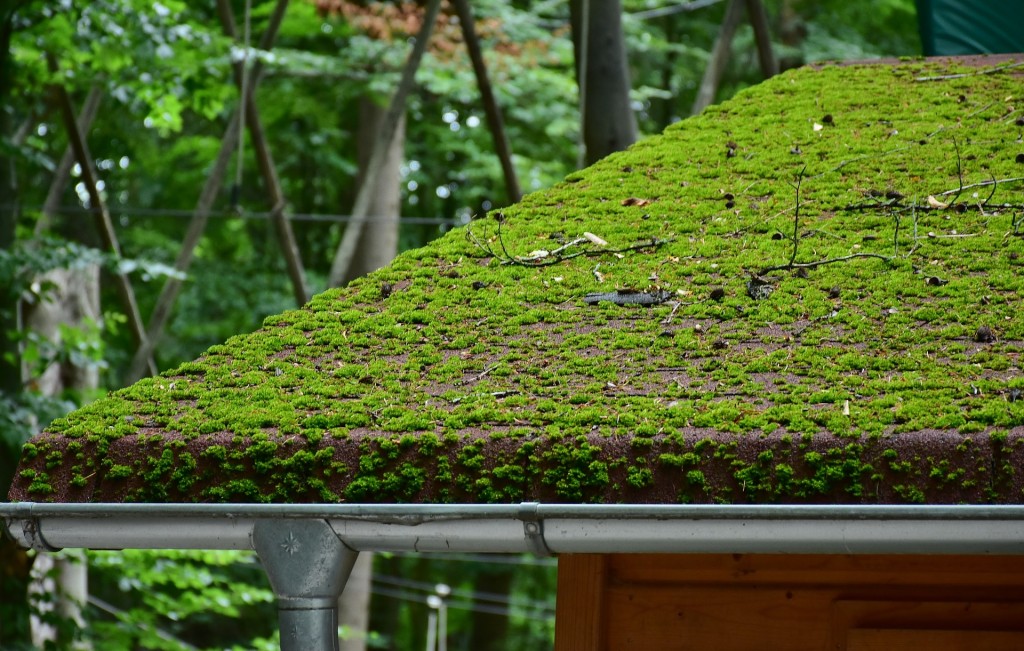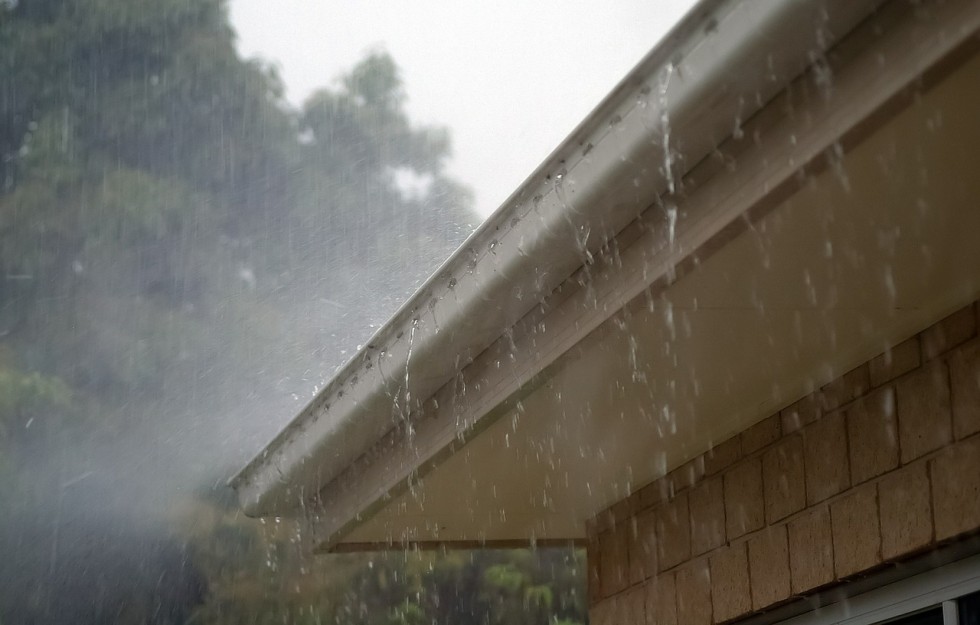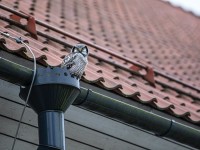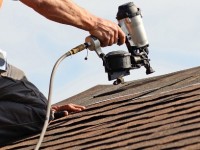There are four main rain gutter issues that a homeowner can face, namely leaking, overflowing, sagging, and pooling runoff around the house. If you neglect any of these problems, be ready to face serious consequences (such as home damages of different complexity, moisture and mold in the living areas) in a few months. Fortunately, there are easy-to-do fixes that can save your home from severe damages, but you need to complete them before the problems start growing. Read below tips for rain gutter repair to avoid any breakages.
Rain gutter repair #1: Leaking
In the case of leaking, you need to focus on the joints between sections. In most cases, standing water in gutters leads to rust or seeping. As a result, your rain gutter repair grows big if left unattended.
What to do?
- Check for the signs of standing water.
- Add/adjust gutter hangers if needed.
- Dry out the insides of the gutters and clean them.
- Apply silicone-rubber caulking compound along all the leaking the seams on both sides.
- If there are any small holes, patch them with roofing cement.
- For larger holes, rain gutter repair will also be more complicated. Use sheet-metal patch cover it with cement, cover the hole, and add another cement layer on top.
Choose a warm day to perform such rain gutter repair procedures so that cement and caulking dry out fast and completely.
Rain gutter repair #2: Overflowing
The result of overflowing gutters can lead to severe damages in home’s foundation and walls. Furthermore, during a heavy rain the gutters, as well as downspouts, may get clogged and sagged.
What to do?
- Clean gutters from leaves and debris – this will help in case of overflowing.
- Clean gutters and downspouts from leaves and debris. The downspouts cleaning is usually a challenge for homeowners, so we advise to look for professional gutter cleaners who will complete the job.
- In some cases, the overflowing occurs because your climate is too rainy and your gutters are too small. In this case, no rain gutter repair will help. All you need is install larger gutters, and preferable the downspouts.
Rain gutter repair #3: Sagging
Sagging in most cases occurs due to the overflowing (see the point above). This happens if your rain gutters are made of flexible materials, such as vinyl, aluminum, or galvanized steel. Sagging leads to inefficient functioning of the gutters and formation of water pools along the length.
What to do?
- In some cases, you will need to replace the hangers.
- In some cases, you can just re-seat the hangers.
- If you have spike-and-ferrule hangers, then drive the long spikes with the hammer in order to ensure that it goes into solid wood. (In case the spikes don’t grab securely, you should replace them with longer galvanized nails or long screws).

Drain gutter repair #4: Loose downspout
Downspouts do break loose from the rain gutter outlets or between sections, and this problem also occurs pretty often. In most cases, it happens when section elbows get clogged with debris.
What to do?
- Disassemble the sections and clean out the debris.
- Refasten the sections: push the downspout sections and elbows together.
- Fasten elbows and sections with two galvanized sheet metal screws. (Don’t go for longer screws because in this case, your drain gutter repair will be useless as debris will hang on the screws).
- Don’t forget to secure the anchor straps which hold the downspouts to the wall.
- To simplify upcoming rain gutter repair and cleaning procedures, fasten the top downspout to the S-curve outlet with a couple of screws at each joint.





